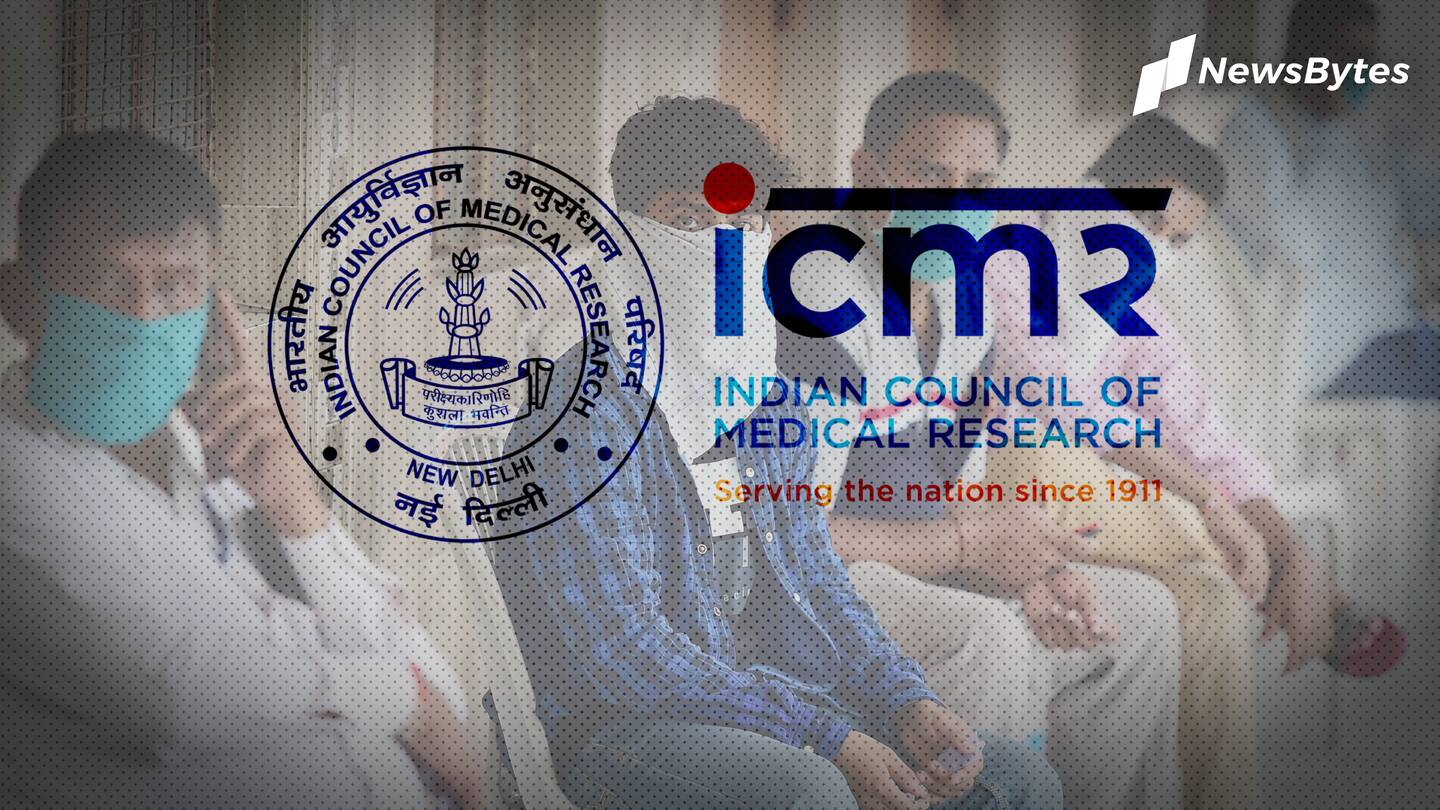
India had 6.4 million coronavirus infections by May: ICMR's survey
What's the story
As the second-worst affected nation by coronavirus, India's tally stands at 45,62,414, however, a much larger number of people had gotten infected by the virus in May itself, a serosurvey conducted by the Indian Council of Medical Research has revealed.
The results of the survey, conducted between May 11 and June 4, were revealed on Thursday, and it shows the prevalence of the virus.
Findings
Seropositivity highest in 18-45 age group
Samples of 28,000 individuals were tested for IgG antibodies using the COVID Kavach ELISA kit. It was found that 64,68,388 adults were infected by early May.
43.3% of those who developed antibodies, were between 18 and 45 years of age. The seropositivity was found to be 39.5% between the ages of 46 and 60.
At 17.2%, seropositivity was lowest among those above 60 years.
Details
Less than 1% of adult population exposed to virus: ICMR
The survey found that less than 1% of India's adult population was exposed to coronavirus by mid-May, meaning that seroprevalence in the country is quite low.
"The low prevalence observed in most districts indicates that India is in the early phase of the epidemic and the majority of the Indian population is still susceptible to SARS-CoV-2 infection," the report, published late last evening, said.
Stratification
Districts having zero number of cases were also chosen
According to ICMR, 700 villages/wards were picked from 70 districts, spread across 21 states, for the month-long sampling. After visiting 30,283 households, 28,000 people agreed to participate in the study.
Moreover, 15 districts with zero cases, 22 with a low number of cases, 16 with a medium number of cases, and 17 with a high number were chosen, based on reported cases on April 25.
Details
Infection more prevalent in rural areas, found ICMR
Of 28,000 who were tested, 256 were found to be coronavirus positive, and results of 69 were unclear. "The pooled adjusted prevalence of SARS-CoV-2 infection was 0.73% at the national level," said ICMR.
The apex body, leading India's fight against coronavirus, found that 70% of people who eventually tested positive belonged to rural areas, 16% were from urban-slum areas, and the rest from urban non-slum areas.
Testing
Seropositives in districts with zero cases due to low testing
About seropositives in zero case-districts, ICMR said, these areas didn't have testing laboratories during sampling.
"The present findings of seropositivity in the strata of districts with zero to a low incidence of COVID-19 cases underscore the need to strengthen surveillance and augment the testing of suspected cases in these areas," ICMR added.
It was also found that males are at higher risk.
Details
ICMR found that IFR ranged between 0.18 and 15.04
The study also mentioned the infection fatality ratio (IFR), which tells about the proportion of deaths among all infected individuals. It is different than the case fatality ratio as CFR concerns itself with deaths among all confirmed cases.
ICMR concluded that IFR (per 10,000 infections) oscillated between 0.18, for districts with zero cases, and 15.04, for districts having a high number of cases.